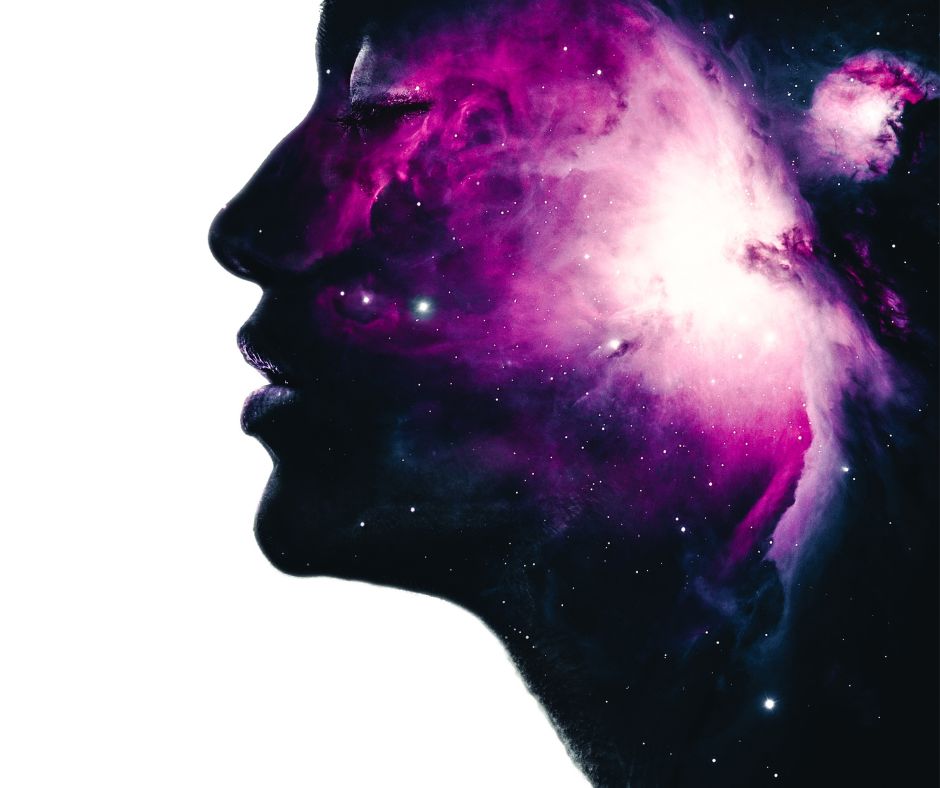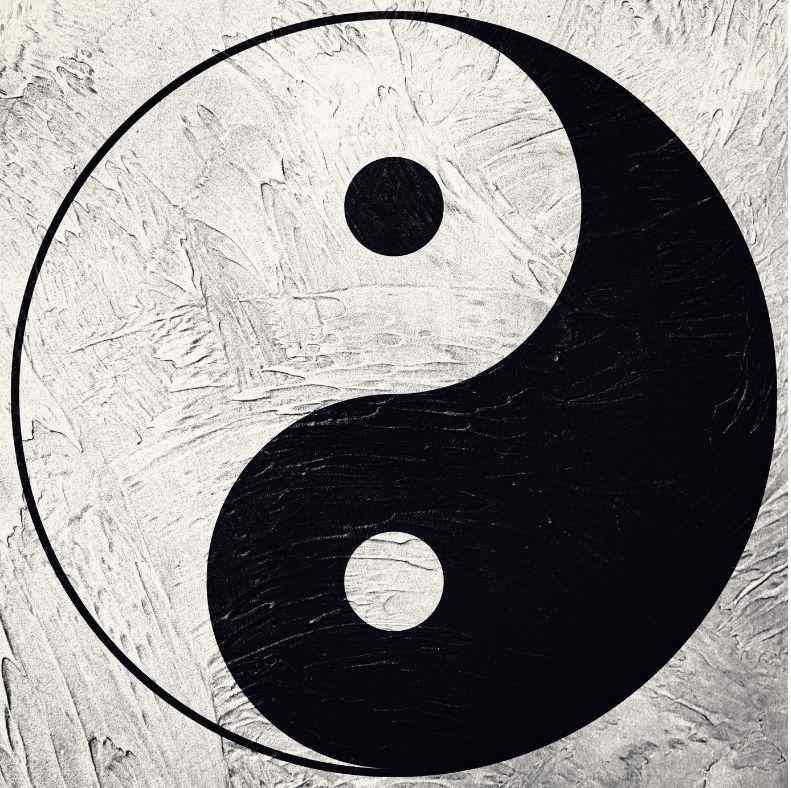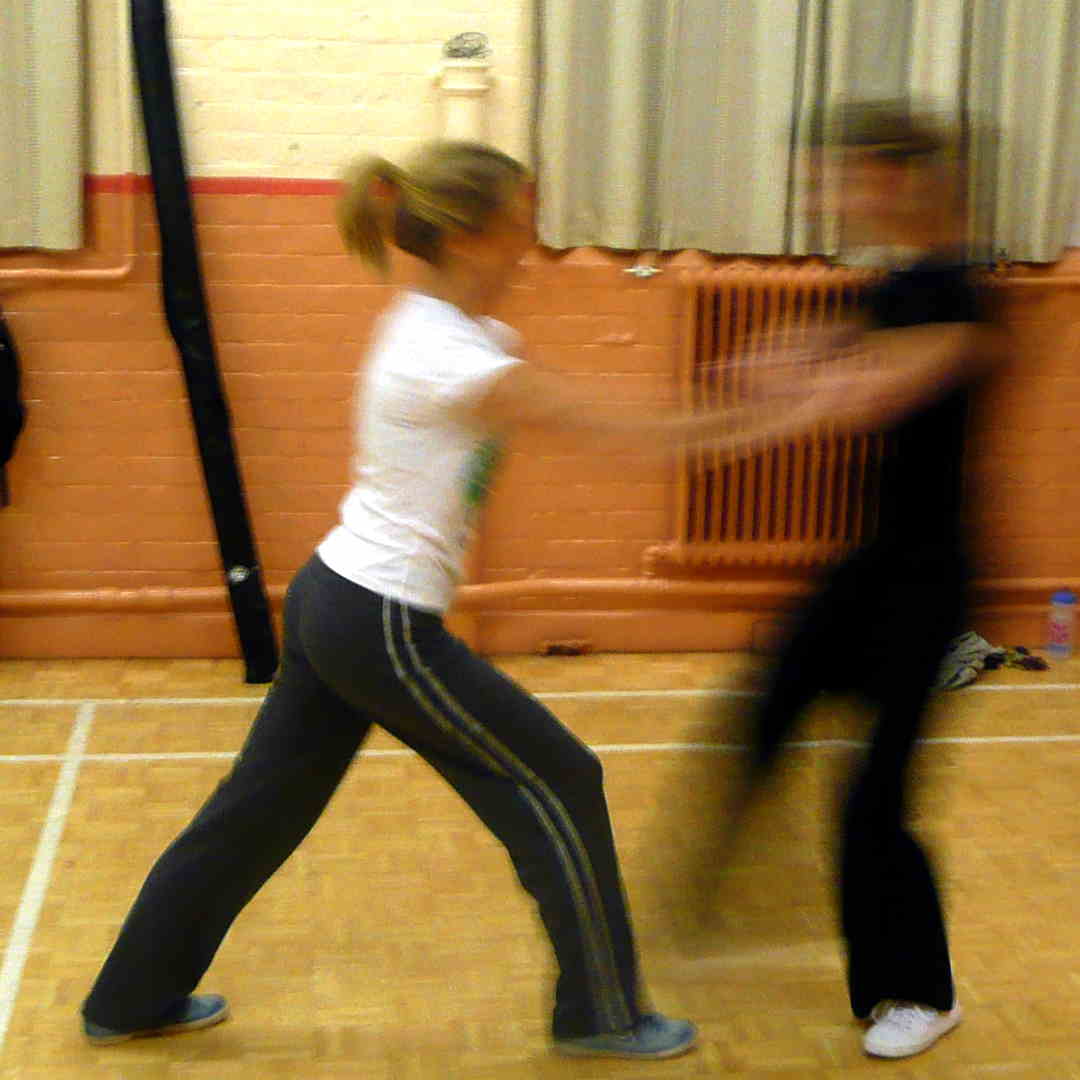The Chinese word tai chi (taiji) refers to the ancient concept of yin and yang. Yin yang theory is one of the most important concepts in Chinese culture and has been hugely influential all around the world.
The Chinese see the yin yang theory as the governing principle behind all movement, all energy and all life in the universe. It explains how everything relates to everything else from the expansion of the universe to the movement of the smallest atomic particles.
In tai chi chuan we use yin yang theory to make us stronger, more fluid and more relaxed.

Yin and yang are words almost everyone has heard of yet they are still poorly understood in the West. Yet they are simple to understand although the idea is grandiose in concept.
Yang
When we think of yang we think of the heavens above us. Wide, open, expanding, light, airy, warm, floaty etc. Any force that rises up and expands outwards is a yang force.
Yin
When we think of yin we think of the earth beneath our feet. Heavy, contracted, dark, cold, still etc. Any force that sinks down, contracts in and becomes still is a yin force.
Nothing is either yin or yang until it changes or is compared to something else. When it changes it either moves towards yin or towards yang.
Examples of yin and yang
- The universe is constantly expanding – that is a yang force. Yet within it are points of extreme contraction. These are the stars and planets that generate their own gravity which is a yin force.
- Water expresses both yin and yang. It is fluid and non resisting which is yang yet it constantly seeks the lowest points which is a yin aspect. When water becomes too yin it freezes becoming cold and solid, both yin aspects. When water boils it becomes steam which rises and expands, both yang aspects.
- Strength is often described as a yang quality but it depends how you define strength. There are many kinds and there are big differences between a strong smell, a strong person and a strong iron bar. The smell and the person could be said to be yang but a strong iron bar is showing how solid and contracted it is so it would be yin.
Examples of yin and yang are all around us. Winter is yin, spring is becoming yang, summer is warm and expressive so fully yang then in autumn the leaves start to fall and nature begins its return to the ultimate yin of winter.

The yin yang symbol
Everyone is familiar with the yin yang symbol as seen above. It is often used to signify anything Chinese or a bit new age or anything to do with balance. But what does it mean?
The fact that it’s in a circle represents firstly that the flow of yin and yang is a never ending cycle. It also represents that yin and yang are happening everywhere within our observable universe and, we can deduce that the forces of yin and yang are at play in places we can’t see as well.
On the left the lighter area (yang) is rising upwards and expanding outwards to fill the space in the upper half. At the same time the darker area (yin) is sinking down to fill the space in the lower half.
Unfortunately, all too often the symbol is shown upside down with the yang half flowing downwards. Or, even worse, is shown on its side. Now you know which way round it should be and why.
The yin dot in the middle of the yang side and yang dot on the yin side signify that nothing in the universe is all yin or all yang. Nature is constantly seeking a balance so before anything becomes too much of yin or yang it starts to move the other way again.
Yin yang theory and tai chi
Tai chi chuan is based on the concepts of yin and yang. As you learn the postures and movements certain parts of your body become heavy while others become lighter. Some movements contract in while others expand out. This creates a flow of energy through your body that the Chinese call qi (pronounced chee).
In proper tai chi (rarely taught these days) you use the forces of yin and yang to develop extraordinary power. Yin training develops connected power and yang training develops wave power.
This floating and sinking, contraction and expansion, movement and stillness in mind, body and breathing is what makes tai chi so powerful in restoring health and balance to unbalanced individuals.
Find out more about yin and yang and how to use them to make you fitter, healthier and stronger through our tai chi classes. If you live too far away or can’t make our classes you can still learn through our online tai chi course.
Get our FREE guide on how to walk using tai chi principles
- Work on your posture and breathing while you walk
- Walk freely with more balance and less tension
- Become more aware of yourself and your surroundings
- Make every walk a richer and more enjoyable experience
Plus – get our popular fortnightly email full of rare tips on using the skills and principles of tai chi to improve and enrich your health and life.
Just fill in your details below and get more enjoyment and benefit from every walk for the rest of your life.



